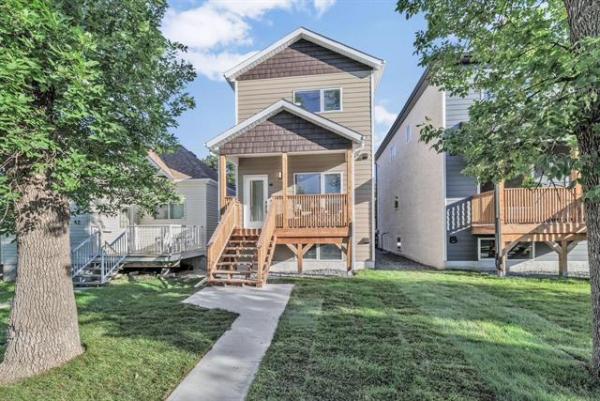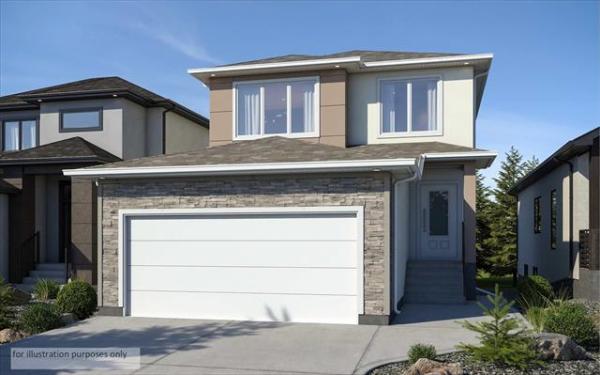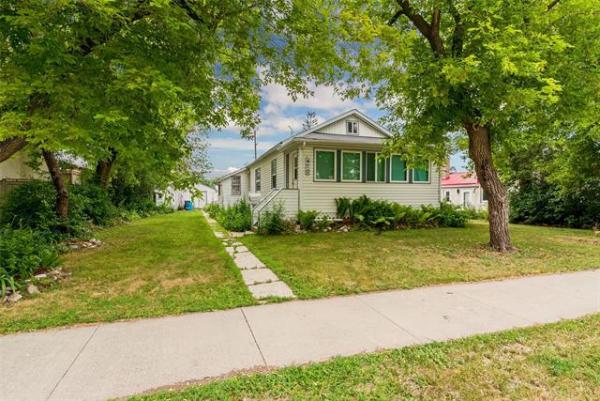QUESTION: Our 80-year-old home has hot-water heat on the first and second floors, but the entire basement is only heated by one small electric baseboard. May we tap into the existing hot-water pipes in order to connect two radiators purchased from a scrap dealer? Would this compromise the heating system's ability to properly heat our upper floors?
Thank you.
Leanne Chernecki, email
ANSWER: I commend you for seeking advice before attempting a modification to your heating system that may cause problems if not done correctly. There are several factors that will affect the answer and thus the success of your addition of heat to the basement. Some of these have to do with the difficulty in modification of a very old system and others are more straightforward.
Without getting into specific details, which may be beyond the technical sophistication of this column, you should be able to add more radiators to heat your basement if your current boiler has enough heating capacity.
Every heating system installed in homes has a specific maximum heating capacity, which should be sized properly to heat most effectively. If the unit installed in your home is grossly oversized, it will waste energy and may cycle too infrequently to heat properly. If the unit is too small, it may just be able to currently heat the upper floors of your home, without the additional load of the basement. This can be evaluated by calling a licensed heating contractor familiar with hydronic systems to calculate the proper size of boiler required for your home and see if yours can handle the added living space.
The next concern is with the addition of the radiators that you have bought. There are two main types of hydronic heating systems that use boilers. The most common for homes incorporates hot water and the second, less common, uses steam. There may be differences in the types of older, cast-iron radiators for the two systems. You should ensure that you have bought the correct type of radiator and that it has the proper fittings to use with your hot-water system. Even if they are the wrong type, there may be ways to modify them, but that only adds more expense to the job.
Another consideration is the condition of the used rads. While these may have an almost unlimited life expectancy, all units don't last forever. They may be damaged and have small cracks or leaks that are not visible to the naked eye. These components should be pressure-tested before installation to ensure they will not leak when filled with hot water.
It would be a major waste of time and money if you have to shut down and drain the entire system just to remove the newly installed rads because of a small leak.
Another thing to consider when upgrading with additional radiators to heat your basement is the overall condition of your heating system. Because modifications to hot-water-heated homes will require draining the entire system, this may be an ideal time to evaluate the condition of the current components and replace those that are deteriorated, leaking, or very old.
These may include older iron piping, pressure tanks, pumps, gauges and other safety controls. Once the system is drained and a pipefitter is in the home with proper equipment to cut and fit the iron pipes, further modifications may be relatively easy.
If the circulation pump is noisy and whining, the additional load of the new radiators may accelerate the damage to the worn bearings. This is an ideal opportunity to upgrade these components and prevent the major expense of an emergency-service call in the future.
If your current boiler is beyond its normal life expectancy or doesn't appear to have the capacity to handle the additional living space, boiler replacement is another option. But this is quite costly and should be carefully considered before embarking on any system upgrades. New boilers cost several thousands of dollars, and it may take several decades to recoup that cost from the savings in gas due to increased efficiency.
However, if you do have an original, extremely large cast-iron boiler, upgrading in the near future is almost a certainty. In that case, budgeting for the major expense will be important before opening up a potential can of worms by adding two rads.
With any heating system, but especially a hot-water or steam hydronic system, modifications should not be undertaken by the average homeowner. Unless you are an experienced plumber or pipefitter with lots of mechanical experience, this will not be something you can handle. There is much more to a proper modification of this system than cutting a few pipes, soldering some new ones and adding the new radiators. A proper evaluation of the current heating system by a licensed heating contractor should be done before any further plans are made.
You should go into this with your eyes wide open to the possibility that major costs may be associated with this seemingly small addition. If that does turn out to be the case, installation of additional electric baseboard heaters by a licensed electrician may be a more cost-effective solution to a cool basement, at least in the short term.
Ari Marantz is the owner of Trained Eye Home Inspection Ltd. and the president of the Canadian Association of Home & Property Inspectors -- Manitoba (www.cahpi.mb.ca). Questions can be emailed or sent to: Ask The Inspector, P.O. Box 69021, #110-2025 Corydon Ave., Winnipeg, MB. R3P 2G9. Ari can be reached at (204) 291-5358 or check out his website at www.trainedeye.ca
trainedeye@iname.com



